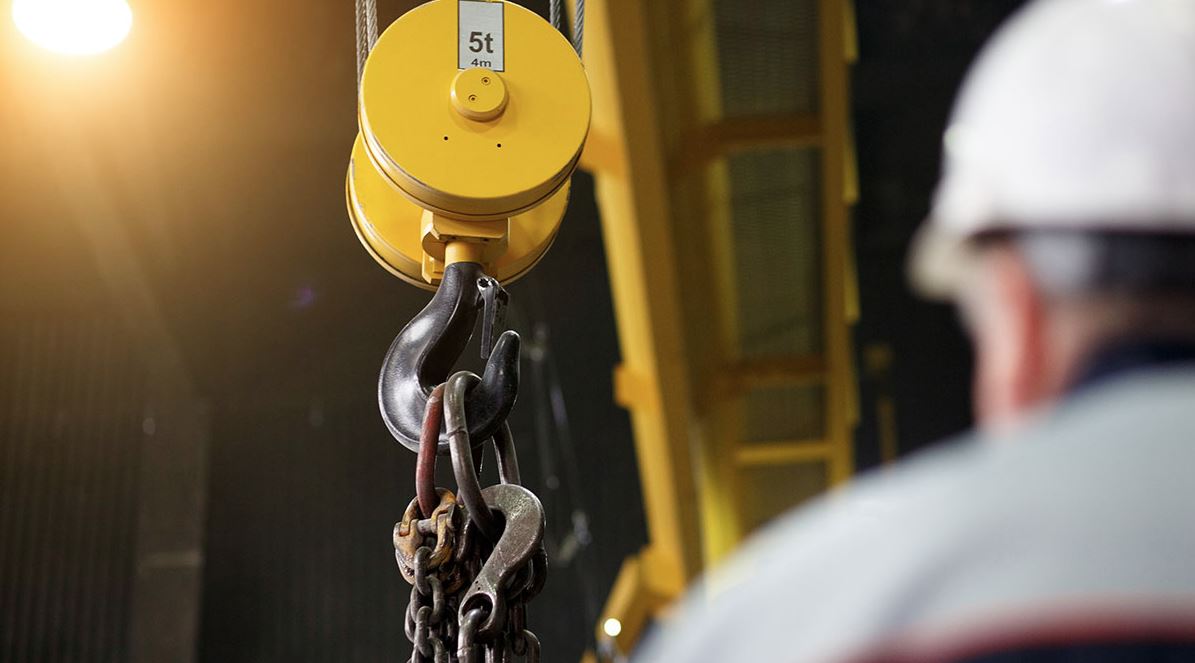Introduction
Ensuring the safety and efficiency of lifting equipment is crucial in various industries, from construction to manufacturing. Proper maintenance and timely repair of lifting equipment not only extend their lifespan but also minimize the risk of accidents and downtime. In this comprehensive guide, we’ll delve into the importance of lifting equipment maintenance and explore effective repair solutions to keep your operations running smoothly.
Why Maintenance Matters
Regular maintenance of lifting equipment is essential for several reasons. Firstly, it ensures the safety of workers and prevents accidents caused by equipment failure. Secondly, proper maintenance minimizes downtime by identifying and addressing issues before they escalate. Additionally, routine maintenance helps optimize equipment performance, leading to increased productivity and cost savings in the long run.
Key Maintenance Practices:
Inspection:
Regular inspections should be conducted to identify signs of wear, damage, or malfunction. Inspections should cover all components of the lifting equipment, including hooks, chains, cables, and hydraulic systems.
Testing:
Periodic load testing should be performed to verify the capacity and safety of lifting equipment. This helps identify any structural weaknesses or defects that may compromise safety during operation.
Documentation:
Maintaining detailed records of maintenance activities, inspections, and repairs is crucial for compliance with safety regulations and standards. Documentation also provides a history of the equipment’s maintenance and helps track its performance over time.
Effective Repair Solutions:
Inevitably, lifting equipment may require repairs due to wear and tear or unexpected breakdowns. When faced with equipment malfunctions, it’s essential to address the issue promptly to prevent disruptions to your operations. Here are some effective repair solutions:
On-Site Repairs:
Many maintenance and repair tasks can be performed on-site by trained technicians equipped with the necessary tools and parts. On-site repairs minimize downtime and ensure a quick resolution to equipment issues.
Replacement Parts:
In cases where components of the lifting equipment are damaged or worn out, replacing the faulty parts with genuine manufacturer-approved replacements is crucial. Using high-quality replacement parts ensures the continued reliability and safety of the equipment.
Preventive Repairs:
Addressing minor issues before they escalate into major problems can save time and money in the long run. Implementing a proactive maintenance program that includes preventive repairs helps identify and resolve potential issues early on, reducing the likelihood of costly breakdowns.
Conclusion
Effective maintenance and timely repair of lifting equipment are essential for maintaining a safe and productive work environment. By implementing regular maintenance practices and addressing repair needs promptly, businesses can ensure the longevity, safety, and reliability of their lifting equipment. Whether it’s conducting routine inspections, performing on-site repairs, or investing in preventive maintenance programs, prioritizing equipment maintenance is key to optimizing operational efficiency and minimizing downtime.


Leave a Reply